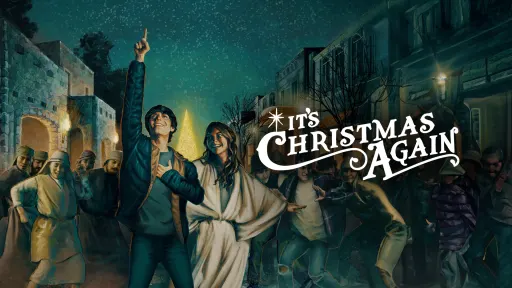

Featured Posts

Dry Bar Comedy Spotlight: Patrick Warburton's "Still Catholic"
Patrick Warburton’s Still Catholic turns everyday annoyances, family moments, and weird situations into deadpan comedy gold. Watch the full special now on Angel!
By Angel | December 19, 2025

Dry Bar Comedy Spotlight: Rob Schneider's "I Really Love You"
That’s right—for the first time ever, Rob Schneider brings his hilarious comedy to Dry Bar Comedy! Don’t miss I Really Love You! streaming now on Angel.
By Angel | December 19, 2025



